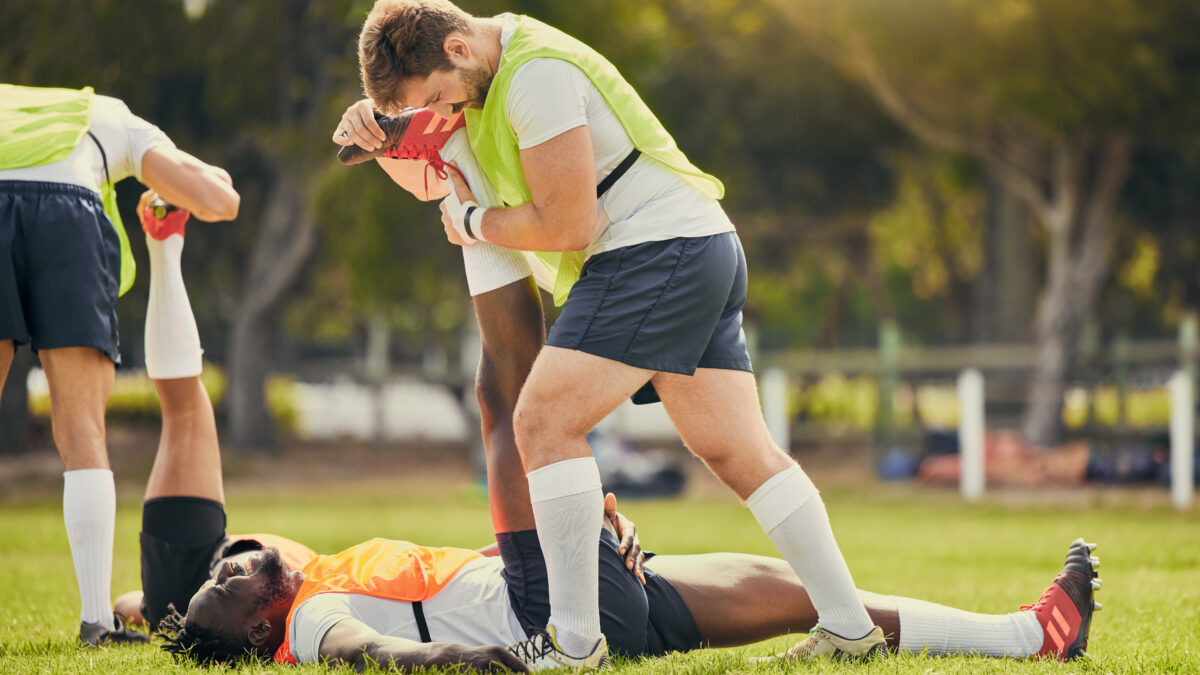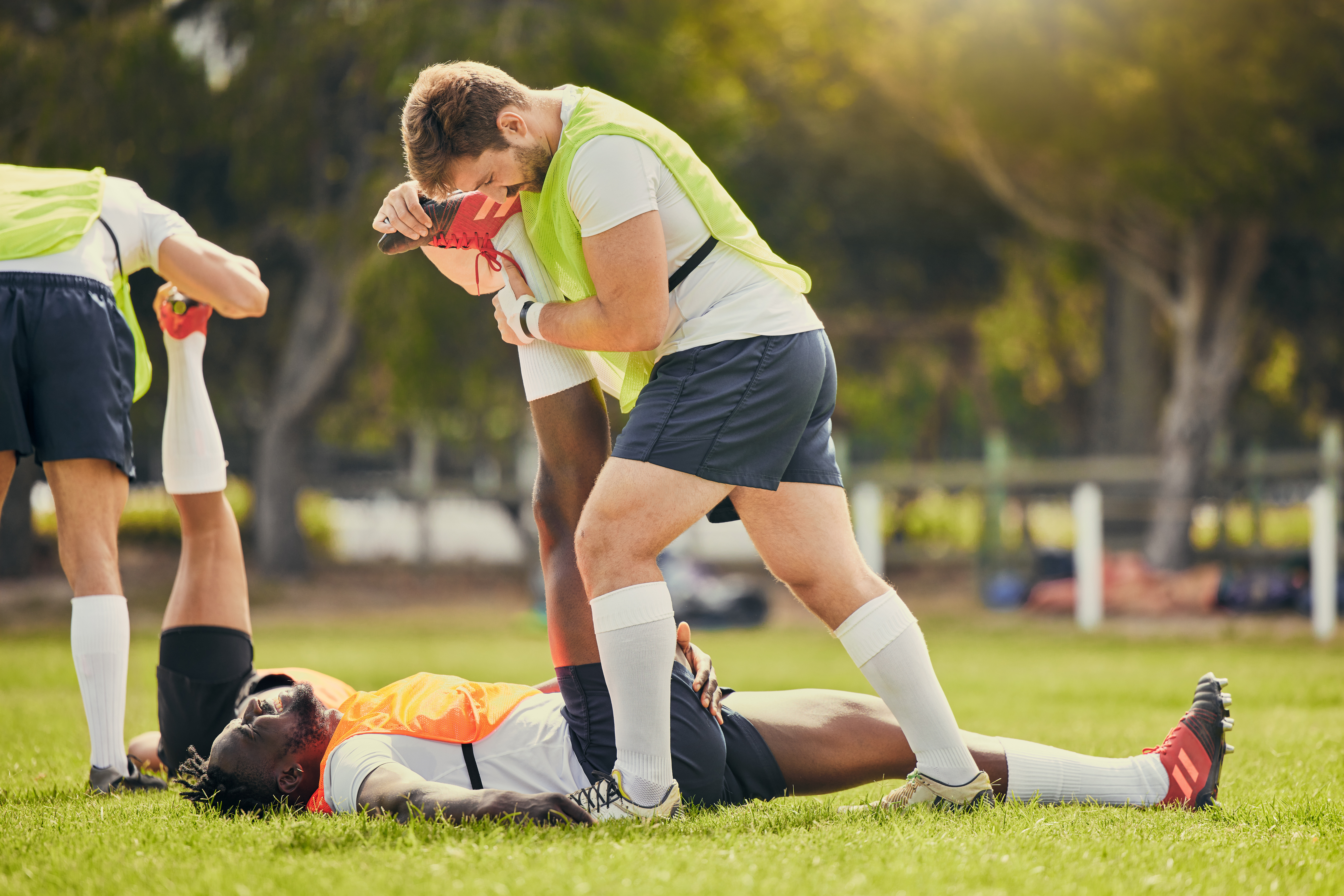
Just like athletes, industrial athletes benefit from conditioning, stretching, proper hydration, and specific training geared towards their occupational tasks.
The idea of treating workers as industrial athletes is not new but has gained more attention in recent years. It draws parallels between the physical demands and preparation of professional athletes and those of workers in physically demanding jobs.
The term “industrial athlete” originated when US sports medicine researchers drew similarities between athletes and workers in physically demanding occupations, seeing the benefits of applying a sports medicine model to the prevention and rehabilitation of injured workers in those settings.
Which types of workers can be considered industrial athletes? Think of any physically demanding occupations, such as:
- Process workers, pick-packers, labourers
- Construction, manufacturing and industrial workers
- Police, fire, emergency services and military personnel
- Nurses, physical therapists, surgeons, orderlies
- Arborists, landscapers, tradespeople
- Baggage porters, and many more!
“The same kind of injuries that are sustained by “sport athletes” can also be incurred by a different kind of athlete – the workplace athlete.”
What is the value in viewing your physical workers as athletes?
Just like athletes, industrial athletes benefit from conditioning, stretching, proper hydration, and specific training geared towards their occupational tasks. These programs are tailored to the physical demands of their specific job roles, incorporating elements such as warm-ups, stretching, work hardening strengthening, and ergonomic practices. The goal is to prevent injuries by preparing the body for the physical tasks at hand and educating workers on safe practices.
When athletes are injured on the field, they receive prompt treatment from their team of physical therapists who are knowledgeable not just about injury, but about the athlete’s sport (their work environment). Using this analogy, when workers are treated by physical therapists knowledgeable about their work environment and their work demands, they are more likely to recover faster and prevent further injuries from occurring.
“The contribution by a worker on the production line is no less valuable than that of the athlete to his team. Therefore, the employee deserves and will benefit from the same approach as the athlete.”

What principles of sports medicine can be used in the workplace?
The sports medicine model has key principles that can be applied to the industrial setting, helping prevent injuries, facilitate rehabilitation and improve performance. They are:
Injury prevention and early intervention
- Minimising risks, using preventative and protective measures
- Assessment and recruitment of the most suitable workers by using pre-employment screening
- Diagnosing and treating workers as soon as possible after pain or injury starts
- Providing ergonomic solutions and manual handling training that helps workers utilise the best techniques and tools to perform job tasks
- Undertaking job task analysis, by categorising work tasks based on their physical, environmental, and mental demands, thus helping with return-to-work processes, training and risk management
Physical conditioning, progressive treatment
- Conditioning new hires for the physical work they will perform
- Stretching and warm-ups developed specifically for each job/function
- Gradually conditioning current workers to perform more physically demanding tasks and/or assist the rehabilitation of returning workers
Team approach/ on-site care
- Preventing and treating injuries through onsite treatment by a team of skilled physical therapists who collaborate with supervisors, OHS managers, and others at the workplace
- Mental health support by leaders trained in Mental Health First Aid
- Health promotion for a holistic view of workers, supporting them to manage fatigue, shift work and hydration
- Motivation – patients are active participants in their care plan
Drawbacks of the model
Viewing industrial workers as athletes, while beneficial in promoting an early intervention model and team approach to health and safety, can also present drawbacks and challenges.
In 2011, Amazon warehouse workers at a US plant responded negatively to a publication that named them industrial athletes and described the physical challenges of their work. Workers perceived that initiative as pressuring them to perform harder in an environment where they felt they were already pushed to their limits, with high rates of injuries.
When using the industrial athlete analogy, it is important to use a model that can support the workers and does not push them through pain or demand unachievable targets. Occupational health emphasises employing the right person to perform the job, and when needed, adapting tasks to fit the worker, including adjustments for individual capabilities and health needs. A short-sighted view of the industrial athlete term could shift the focus towards adapting the worker to fit the work instead, which could conflict with principles of occupational health and safety.
Conclusion
The industrial athlete concept is a useful one for managers and leaders to have when managing their workforce and promoting a proactive approach to health and safety, particularly after appropriate ergonomic designs have been implemented.
It recognises the musculoskeletal demands of certain roles and the need to support those workers to stay healthy, and access on-site injury prevention and management. It also highlights the importance of conditioning, early intervention and a team approach to workplace health and safety.
Sign up to our monthly enewsletter
"*" indicates required fields
